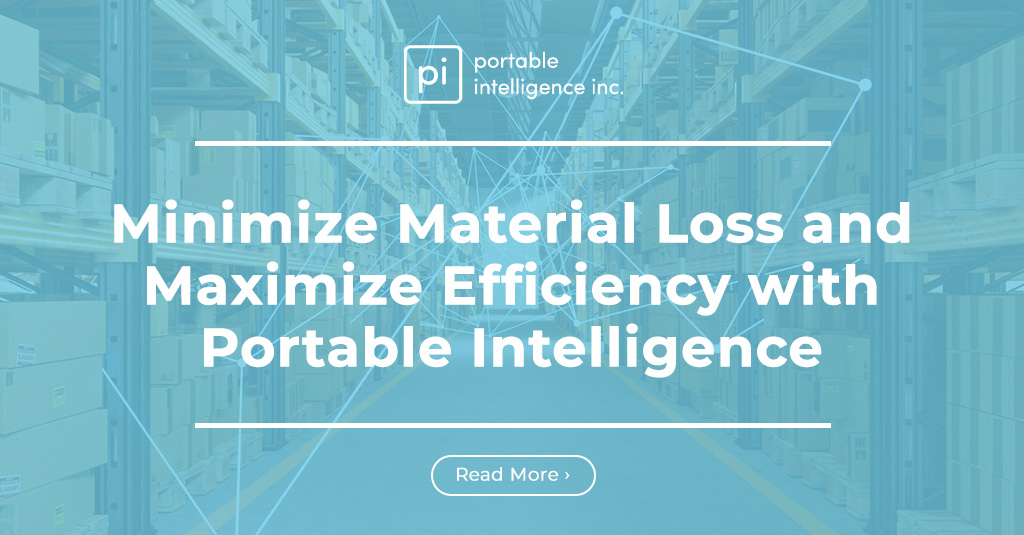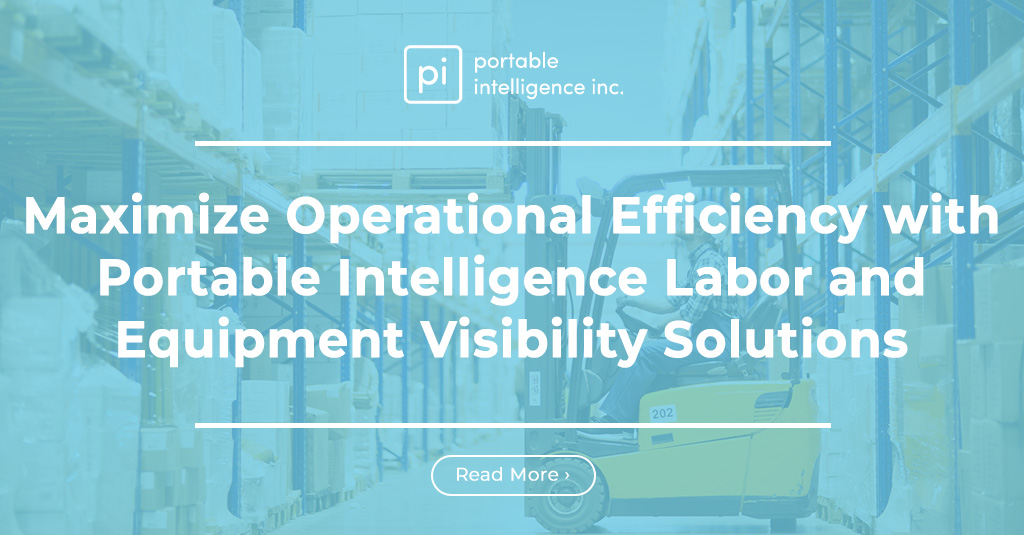Warehouse audits can be an intimidating task, but they are a necessary part of running an efficient and cost-effective warehouse operation. By conducting a successful warehouse audit, you can identify areas for improvement and make necessary changes to streamline your processes, reduce waste, and increase productivity.
Before beginning the audit, it’s important to have a clear understanding of the scope and objectives of the audit. This might include reviewing inventory management processes, evaluating warehouse layout and design, or examining the condition and maintenance of equipment.
Once you have a clear understanding of the objectives, it’s time to start the audit. Here are some steps to follow:
- Gather all relevant documentation. This might include inventory records, equipment maintenance logs, and safety records. Having all of this information in one place will make it easier to review and identify any issues.
- Walk through the warehouse and take notes. Look for any areas that may be causing bottlenecks or inefficiencies. This might include areas where there is too much clutter or where equipment is not being used to its full potential.
- Evaluate inventory management practices. Are items being stored in an organized and logical way? Are there any items that are consistently running low or out of stock? Are there any items that are being overstocked? Identifying these issues can help you optimize your inventory management processes.
- Examine the condition and maintenance of equipment. Are all machines in good working order? Are they being properly maintained and serviced on a regular basis? If not, this could lead to costly downtime and reduced productivity.
- Review safety practices and procedures. Are there any potential hazards in the warehouse that need to be addressed? Are employees trained on proper safety procedures? Ensuring a safe working environment is crucial for the well-being of your employees and the smooth operation of your warehouse.
- Analyze data and identify areas for improvement. Once you have gathered all of this information, it’s time to analyze the data and identify areas where you can make improvements. This might include reorganizing the layout of the warehouse, implementing new inventory management software, or investing in new equipment.
- Create a plan of action. After identifying areas for improvement, create a plan to address these issues. This might include setting specific goals, assigning tasks to team members, and establishing a timeline for implementing changes.
- Follow up and review progress. Once the plan has been put into action, it’s important to follow up and review progress. This might include conducting another audit or reviewing key performance indicators (KPIs) to ensure that the changes you have made are having a positive impact.
Conducting a successful warehouse audit requires careful planning and attention to detail. By following these steps, you can identify areas for improvement and make necessary changes to optimize your warehouse operations.
References:
- “Warehouse Audit Checklist: How to Conduct a Successful Audit.” (n.d.). Retrieved from https://www.succeedwithmore.com/warehouse-audit-checklist-how-to-conduct-a-successful-audit/
- “Warehouse Audit: A Comprehensive Guide.” (n.d.). Retrieved from https://www.logisticsbureau.com/warehouse-audit/
- “Warehouse Audit: A Step-by-Step Guide.” (n.d.). Retrieved from https://www.top echelon.com/warehouse-audit-step-step-guide/




